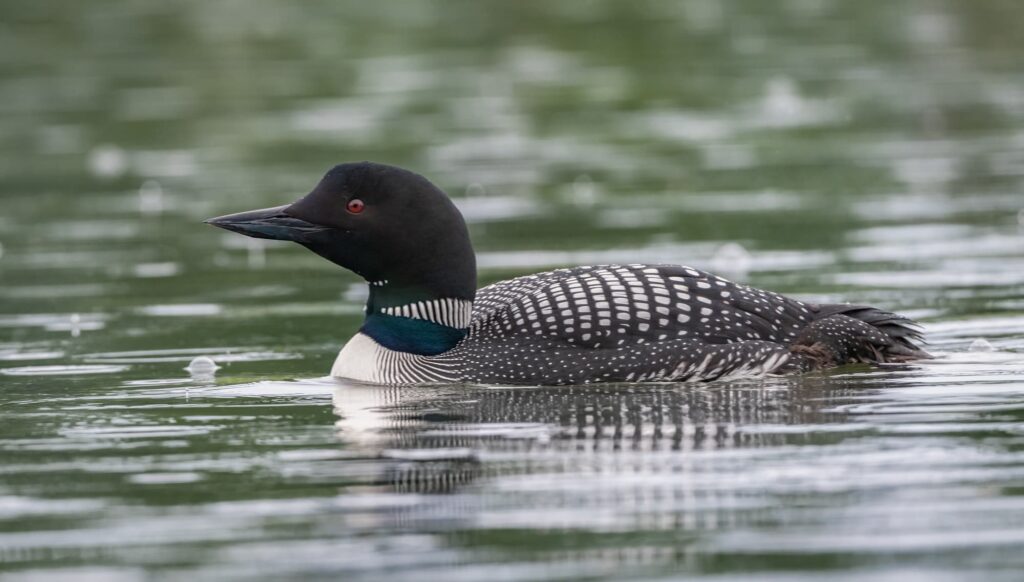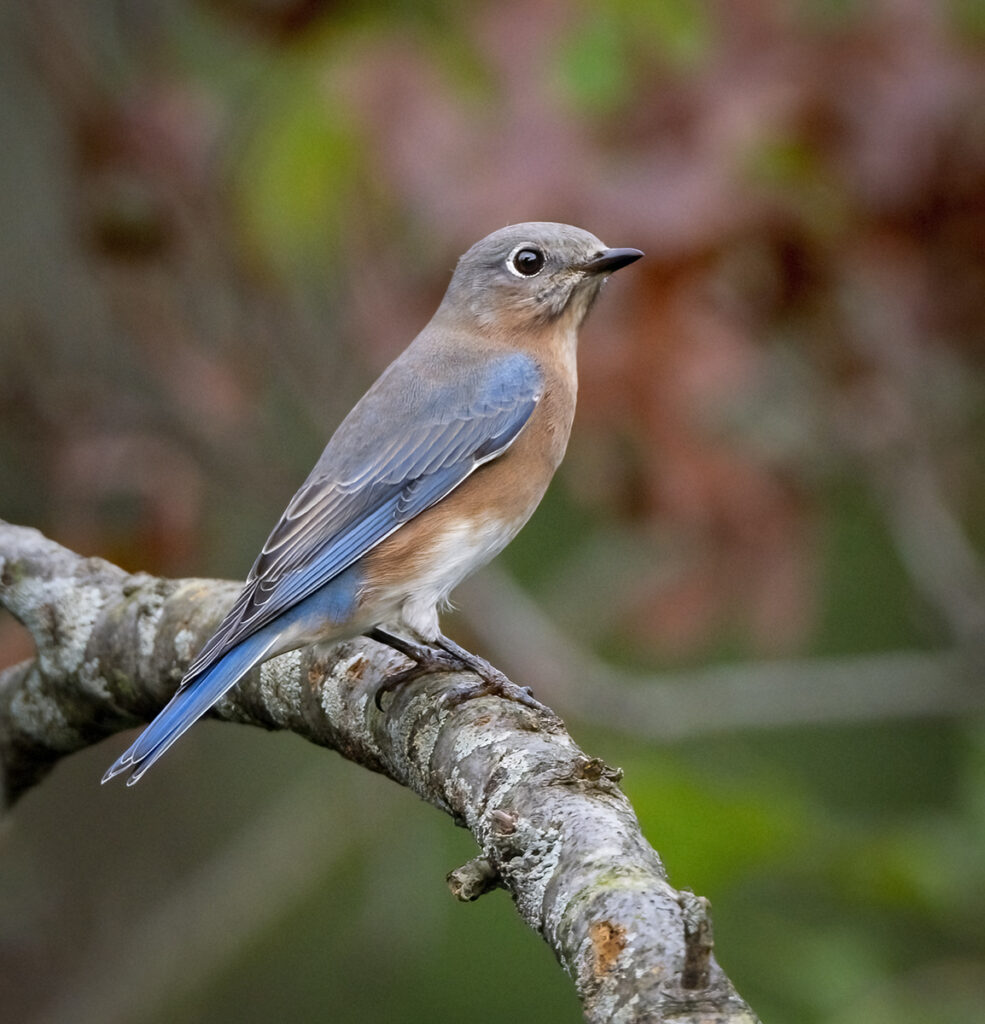
Maintaining our march across the mountains, meadows and metropolises of the vast land that is the United States, we look at three more M states and the birds that have been chosen to signify the merits of each.
Birds represent freedom, beauty, and the wonders of the natural world. It’s no wonder that many states in the US have adopted specific birds as their official state symbols. Delving into the fascinating world of the avian ambassadors for the following M states also highlights the marvelous conservation efforts states have taken to ensure their survival.

Maryland – The Baltimore Oriole
Orioles are named after the Latin word aureolus, or golden; Old World orioles are vibrant yellows and oranges, which is why the English settlers chose the name for this member of the blackbird family, as they marveled at the strikingly beautiful bright orange and contrasting black plumage. Baltimore orioles are beloved across much of the United States for their colors and their melodious song. Indeed, as the male’s distinctive plumage matched the 17th-century English Lord Baltimore’s coat of arms, founder of the Maryland’s largest city, the name for the bird was deemed the most appropriate. It is also the name of the state’s pro football team. As neotropical migrants, Baltimore Orioles fly south to Central and South America for winter then return to Maryland – as well as eastern and central North America and southern Canada – for the breeding season. These medium-sized sturdy birds are also greatly admired for their intricate hanging nests, woven from plant fibers, a marvel of engineering casually swinging in the breeze.

Minnesota – The Common Loon
The “Land of 10,000 Lakes” chose the Common Loon as its state bird in 1961. As well as its striking ‘barcode and checkerboard’ appearance, this handsome waterbird is mostly known for its eerie, echoing calls that can be heard across the lakes of Minnesota. These calls are essential for communication during the breeding season, which is the only time these birds come ashore. The rest of their lives are spent on or underwater, even eating prey underwater. Their tongues and roofs of their mouths are covered in backward facing spiky projections that prevent fish from swimming back out. They even have red eyes which help them see through the murky depths. As well as being superbly agile swimmers, they are remarkably accomplished in the air, too, with some being seen to have clocked around 70mph during migration. Being a waterbird, they are particularly vulnerable to water pollution, both chemical and noise from speedboats and human activity on the lakes, and habitat loss. Public education campaigns that aim to raise awareness about the threats these birds face are critical for their survival.

Missouri – The Eastern Bluebird
The Eastern Bluebird has been Missouri’s state bird since 1927, earning its place due to its charm and colorful appearance. These small songbirds are a symbol of hope and happiness and can be seen in Missouri from early spring to late fall, with some even staying year-round, particularly in the south of the state. Their bright blue backs, rusty-orange chests, and white bellies make them a delight to watch in the garden and an ideal choice for an All-American bird. These birds are voracious insect-eaters, putting on a swooping and wing flapping display as they hunt, so if you have feeders up make sure to include some mealworms. Eastern Bluebird populations fell in the early twentieth century as a result of invasive species like European Starlings and House Sparrows who took over their nesting sites, but a hugely successful campaign in the 1960s and 1970s to install nesting boxes ensured their numbers have been recovering ever since – they are now of least concern and doing well.


